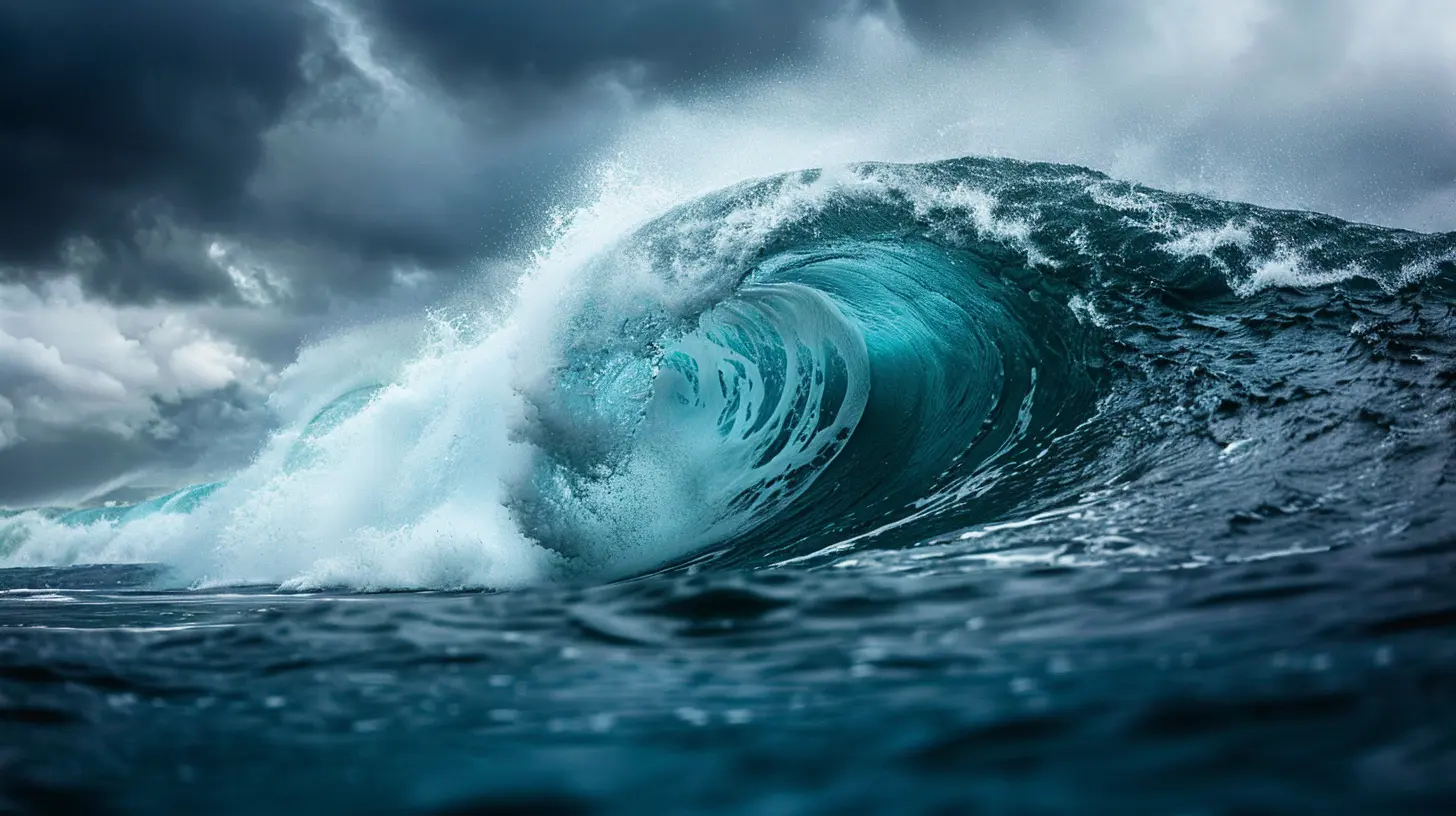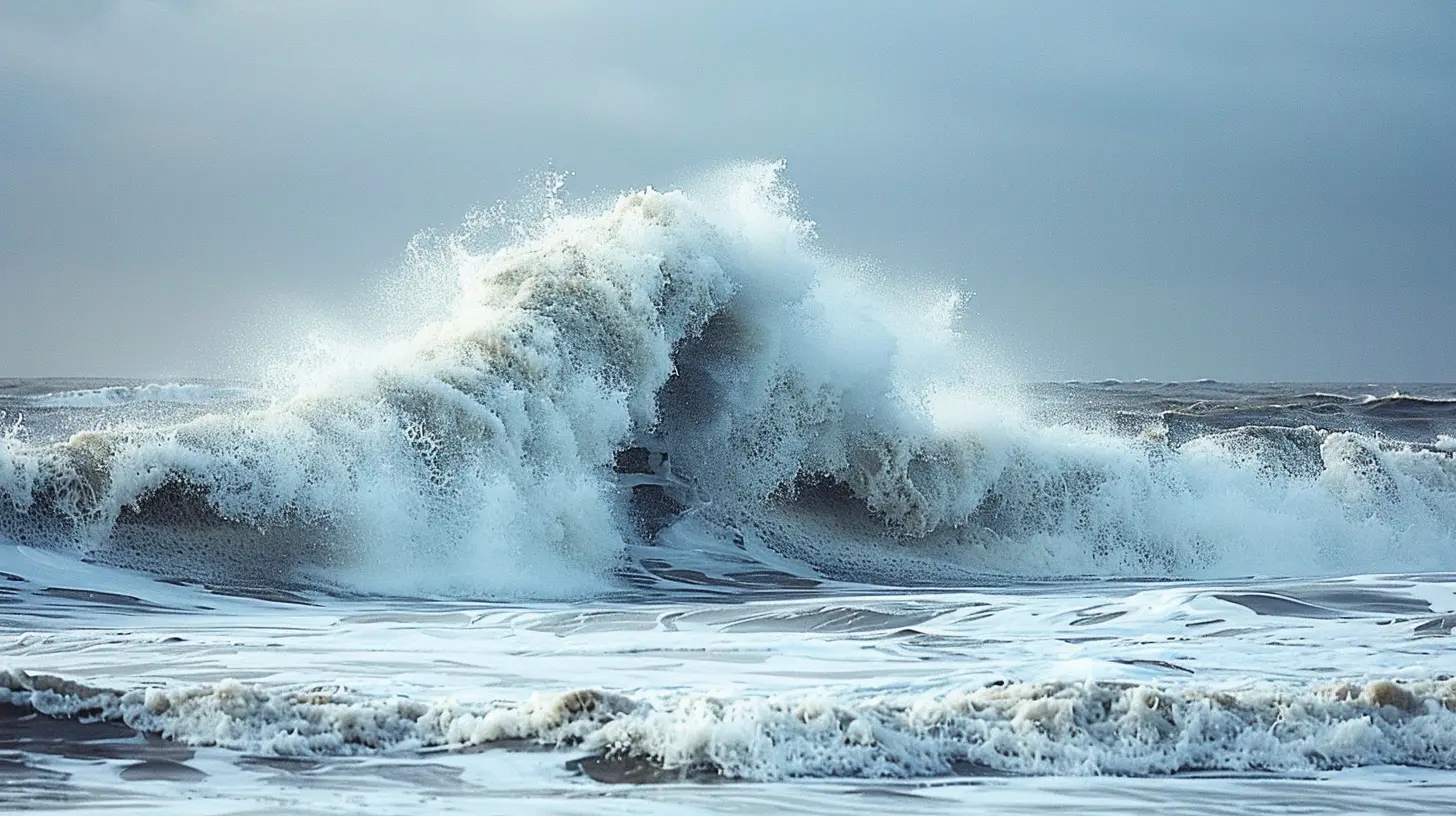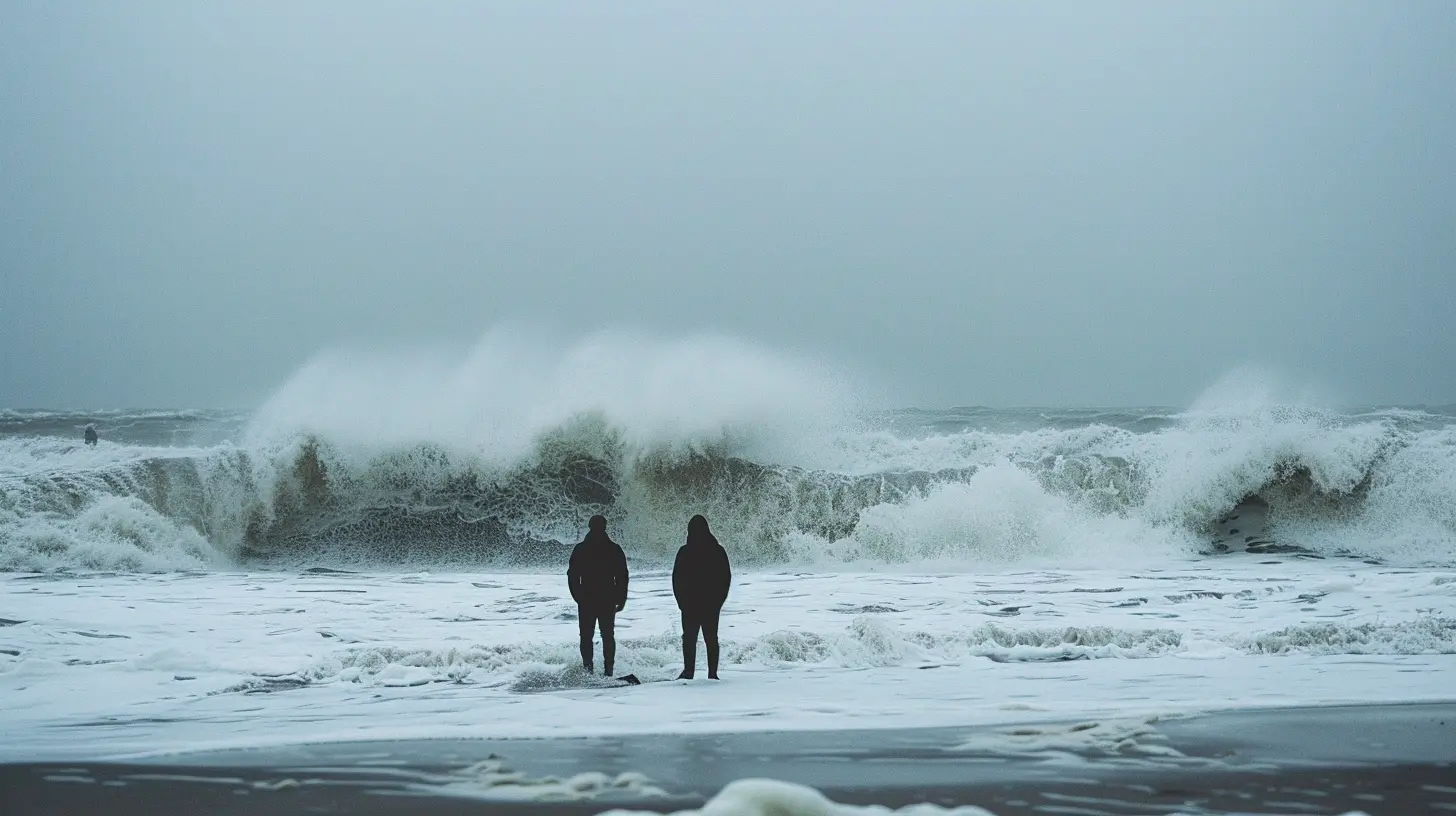Understanding Swell and Wind Conditions for Better Surfing
11 November 2025
Ever paddled out thinking you're in for a killer session, only to end up bobbing in a soup of chop and mush, wondering where all those dreamy peeling waves went? Yeah, we've all been there. The truth is, great surfing isn’t just about finding any body of water with waves—it’s about understanding what creates those waves.
If you're serious about scoring better surf sessions, then learning how swell and wind conditions work together is a total game-changer. In this guide, we'll break it all down in plain English—no complicated jargon, just the stuff you actually need to know.
Let’s dive in.
🌊 What is Swell?
Before we talk about winds and tides, let’s start with the basics—swell.➤ So, What Exactly is Swell?
Swell is essentially the energy that travels through the ocean, generated by distant weather systems. Think of it like ripples from a stone tossed in a pond—except this stone is a massive storm hundreds (sometimes thousands!) of miles away.The wind from these storms pushes on the surface of the ocean, creating waves. When those waves travel uninterrupted over long distances, they organize themselves into swell.
By the time it reaches your local beach, that swell can turn into clean, rideable surf—or a chaotic mess—depending on a few key ingredients.
➤ Ground Swell vs. Wind Swell
Not all swell is created equal.- Ground Swell: This is the good stuff. Generated by far-away storms, these waves have traveled longer distances, making them more powerful, better organized, and generally more sought-after by surfers.
- Wind Swell: Produced by nearby winds, wind swell tends to be weaker, choppier, and less consistent. Basically, it’s the fast food of surf—convenient, but it doesn’t usually hit the spot like a well-groomed ground swell.
🧭 Reading Swell Data: Size, Period, and Direction
Surfers who know their stuff always check the swell forecast before heading out. But what do all those numbers actually mean?➤ Swell Size (in feet or meters)
This is the height of the swell in deep water. It gives you a ballpark idea of how big the waves will be when they hit shore. But remember, 6 feet of swell doesn’t always mean 6-foot waves. The coastline, bottom contours, and wind can all affect how that energy transforms into waves.➤ Swell Period (in seconds)
The swell period is the time between each wave crest. Longer period = more power. Here's a quick cheat sheet:- 0–6 seconds: Junky, wind-driven chop
- 7–10 seconds: Small, local swell (okay for beginners)
- 11–14 seconds: Decent power and size
- 15+ seconds: Boom! Long-period swell with serious energy
Think of it this way: longer-period waves are like trains with more cars behind them—they carry more punch when they hit.
➤ Swell Direction
This tells you which way the swell is coming from. Your local break might light up on a west swell but look totally flat on a south swell. Knowing your spot’s “sweet spot” direction is key to scoring quality sessions.
💨 How Wind Affects Surfing
Wind is the invisible hand that can either sculpt waves into perfection... or completely wreck them.➤ Onshore vs. Offshore Wind
- Onshore Wind: Blows from the ocean toward the land. It tends to crumble the faces of waves, making them sloppy and less rideable.- Offshore Wind: Blows from the land out to sea. This is what dreams are made of. Offshore wind holds up the wave face, making the waves clean, hollow, and super fun to ride.
Want a simple way to remember it? Offshore = good. Onshore = not so good.
➤ Cross Shore Wind
This wind blows parallel to the shore. It’s kind of a mixed bag. Depending on its strength, cross shore wind can create chop, side currents, or even groom the wave face slightly. Each spot will react differently.➤ Wind Strength Matters
Even offshore winds can be too strong and make paddling a nightmare. On the flip side, light onshores might just turn your mellow beach break into something playful. As a rule of thumb:- 0–5 mph: Ideal (glassy to light offshore)
- 5–15 mph: Manageable, but depends on direction
- 15+ mph: Likely blown out unless you’re kiteboarding
📍 Why Local Geography Makes a Huge Difference
Not all coastlines are created equal. Headlands, cliffs, reefs, and sandbars all play a role in how swell and wind interact at a surf spot.➤ Point Breaks, Beach Breaks, and Reef Breaks
- Point Breaks: Often the most reliable. A swell from the right direction can wrap around the point, creating long, clean rides.- Beach Breaks: Super variable. They shift based on sandbars, tides, and swell direction. Great for variety but not always consistent.
- Reef Breaks: Depend heavily on swell direction. When it’s right, it’s magic. When it’s wrong? Totally flat.
Knowing how a spot reacts to different swell and wind conditions is pure gold. Keep notes, pay attention, and you’ll start predicting when your favorite break will fire.
🕰️ Timing is Everything: The Role of Tides
So you’ve got the swell and wind dialed—but the surf still sucks? Might be the tide.Different breaks work best at high, mid, or low tide. Tides affect the water depth over reefs or sandbars, which influences how the wave breaks.
- Low Tide: More hollow, faster waves. Can be dangerous on shallow reefs.
- Mid Tide: Often the sweet spot. Many breaks come to life here.
- High Tide: Depends on the spot. Some go fat and mushy, while others come alive.
Rule of thumb: Always check the tide before paddling out. Apps like Magicseaweed and Surfline make that easy.
🧠 Putting It All Together: Real-World Scenario
Let’s say it’s Saturday morning. The surf report says:- Swell Size: 4–6 feet
- Swell Period: 15 seconds
- Swell Direction: WNW
- Wind: Light Offshore
- Tide: Incoming Mid Tide
If your local break faces west and usually works best on a mid tide with offshore winds? You’re in for a treat.
But let’s say the same swell comes in with a strong onshore wind and a dead low tide on a sandy beach break. Could be a bumpy, closed-out mess.
See the difference? Understanding how all these factors work together is like reading the ocean’s mood.
🤓 Pro Tips for Dialing in the Best Surf Conditions
Alright, ready to go full surf nerd and take your game to the next level? Here are some juicy tips:1. Track Storms Far Away
Follow swell charts and watch storms develop in the open ocean. The further they are, the better chance they’ll produce clean, powerful ground swell.2. Wake Up Early
Dawn patrol often scores the best conditions. Winds are usually lighter in the early morning before the sea breeze kicks in.3. Keep a Surf Journal
Log the conditions every time you surf—swell size, period, wind, tide, how the waves looked, and how they felt. Over time, you’ll start to spot patterns.4. Know Multiple Spots
Every spot reacts differently. When one’s blown out, another might be pristine. Build a mental surf map and rotate your locations based on the forecast.5. Chat With Locals
They’ve been watching the waves longer than you’ve probably been surfing. Most surfers are happy to share tips if you show respect.🏁 Final Thoughts
Surfing isn’t just about paddling out and hoping for the best. It’s about reading the ocean like a wise old sea captain with a sixth sense for swells and breezes.Learning to understand swell and wind conditions won’t just improve your sessions—it’ll make your surf life 10x more satisfying. There’s nothing like timing it right, scoring perfect waves, and walking up the beach with your arms sore and your smile wide.
So next time you pull up to the beach, don’t just look—read the story the ocean is telling. Because now? You understand the language.
all images in this post were generated using AI tools
Category:
SurfingAuthor:

Onyx Frye
Discussion
rate this article
1 comments
Zayden Carr
This article beautifully captures the essence of surfing—it's not just about riding the waves but truly understanding nature's rhythm. Your insights on swell and wind conditions are invaluable for surfers at any level. Thank you for sharing your knowledge!
November 15, 2025 at 5:29 AM

Onyx Frye
Thank you for your kind words! I'm glad you found the insights valuable. Happy surfing!


